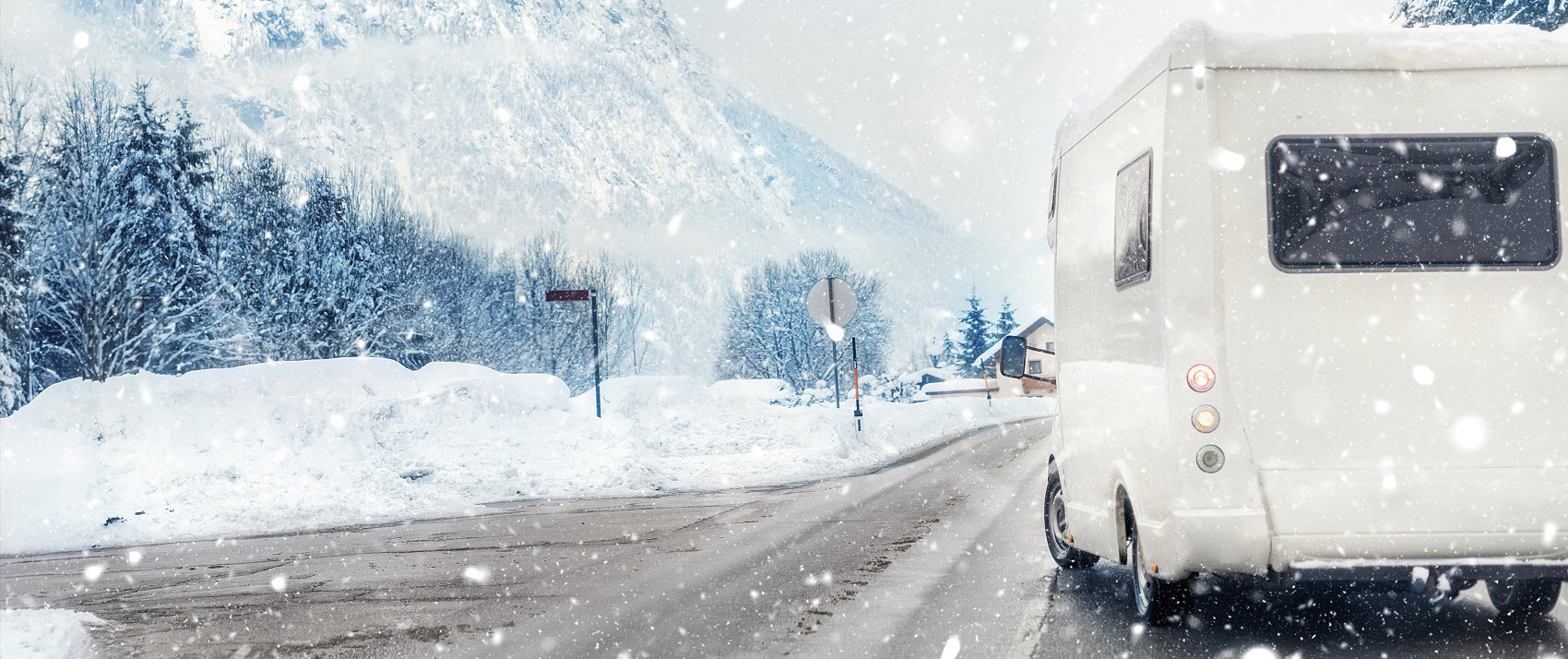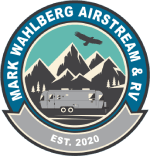How Do I Winterize My RV?

If you’re a frequent camper in the Columbus, Grove City, or Dublin areas, you may be wondering how to winterize and store your RV when the temperatures drop every year. Our expert team at Mark Wahlberg RV is here to help!
Learn the ins and outs of winterizing your RV below.
Schedule a Winterization Appointment
RV Winterization FAQ: The Who, How, When, Where, Why
Before you get started on the RV winterization process, familiarize yourself with these details.
Who Can Properly Winterize an RV?
Anyone! As long as you have thorough instructions and the right materials, you can winterize your own RV whenever the time comes.
How Long Does RV Winterization Take?
How long it takes you to prepare your RV for winter depends largely on how big your RV is. However, even with the biggest rig out there, it should take you less than an hour to complete the whole winterization process.
When Should I Winterize My RV?
You should winterize your RV for storage or cold weather camping if the temperatures outside are consistently trending under 20 degrees Fahrenheit.
Where Should I Winterize My RV?
The RV winterization process may involve draining some elements of your RV, depending on the winterization method you choose. So, you’ll want to do the winterization process outside, preferably not on a concrete slab where the liquids being drained can puddle and freeze.
Why Do I Need to Winterize My RV?
RV winterization is key to keeping your RV’s many different liquid elements in premium condition even after storing it for a few months in below-freezing temperatures. Liquid left behind in pipes and tubes can cause severe, lasting damage.
RV Winterization Methods: Antifreeze vs Compressed Air
There are two main options for RV winterization, starting with the antifreeze method, which is the easiest and most common method.
First, drain every tank in the RV as well as all the interior lines using a water heater bypass kit if you don’t already have one. Then, run three gallons of non-toxic RV antifreeze (not automotive antifreeze) through all of the water lines and down all the drains, including the toilet.
You can also use the compressed air method to winterize your RV. Use a blow-out plug and adjustable water pressure regulator to hook a tankless air compressor to the fresh water system. Then, simply blow hot air into the system while bypassing the water heater and filters. You’ll still need to pour RV antifreeze down the drains after the lines have been blown out.
Before using either of these methods, be sure to consult your RV Owner’s Manual for detailed instructions and recommendations for your specific rig.
What If I’m Still Living in It When Temperatures Drop?
Another common question RV owners in the north may have is, “Can I still use my RV after it’s been winterized?” The answer is yes! Even after you’ve cleared the water lines with antifreeze or compressed air, you’ll still be able to use it when the weather is cold.
You’ll have a few additional steps to take, though:
- Skirt your RV—Protecting the underbelly of your RV with plywood will prevent cold air from flowing over crucial parts of the RV operating system.
- Heat the Underbelly—Run a small electric heater under the belly of the RV.
- Keep the Water Moving—If you’re not camping in a draught area, open a tap overnight to drip so the water in your system keeps moving and doesn’t freeze.
Need Some Help Winterizing Your RV?
At Mark Wahlberg RV, we know how to care for any RV, especially in the context of cold weather. After all, we proudly serve Columbus, Grove City, and Dublin, Ohio, which are some of the northernmost communities in the eastern United States.
We’re happy to help you prep your RV for winter—just give us a call at our service center!

